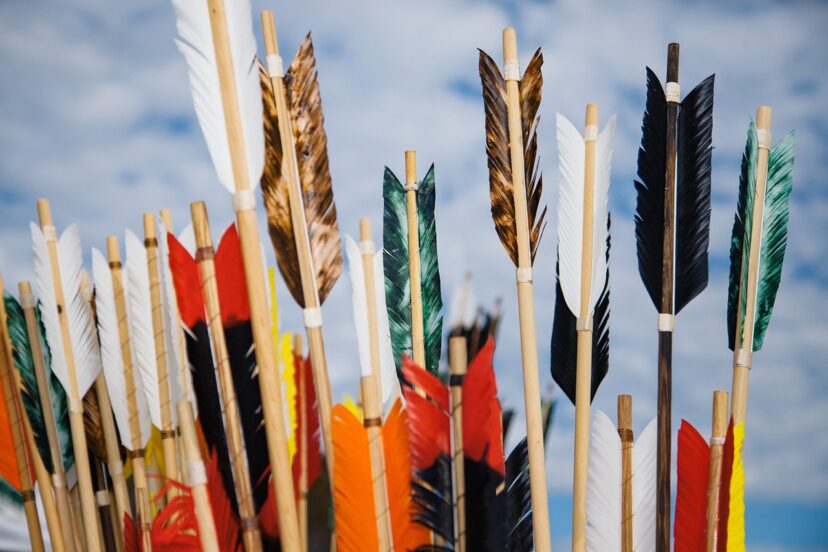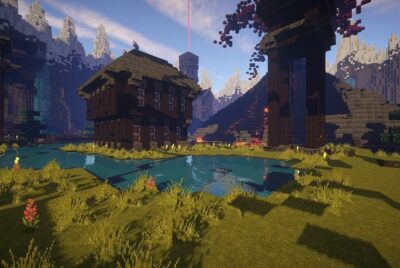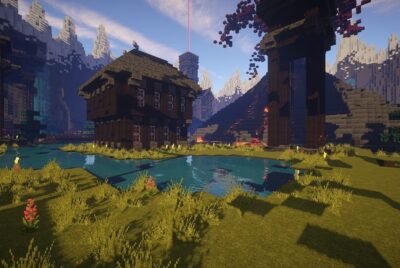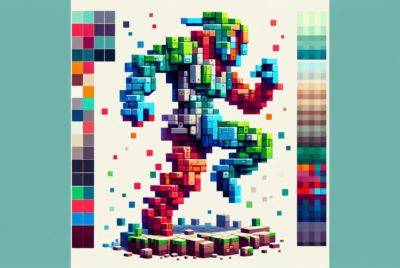Fletching Table Minecraft
Have you ever wondered about the various functionalities and uses of the Fletching Table in Minecraft? If so, you are in the right place. In this article, we will explore every aspect of the Fletching Table, its purpose, creation, and any future expectations from the elusive block. So, let’s get started and enhance our Minecraft gameplay knowledge!
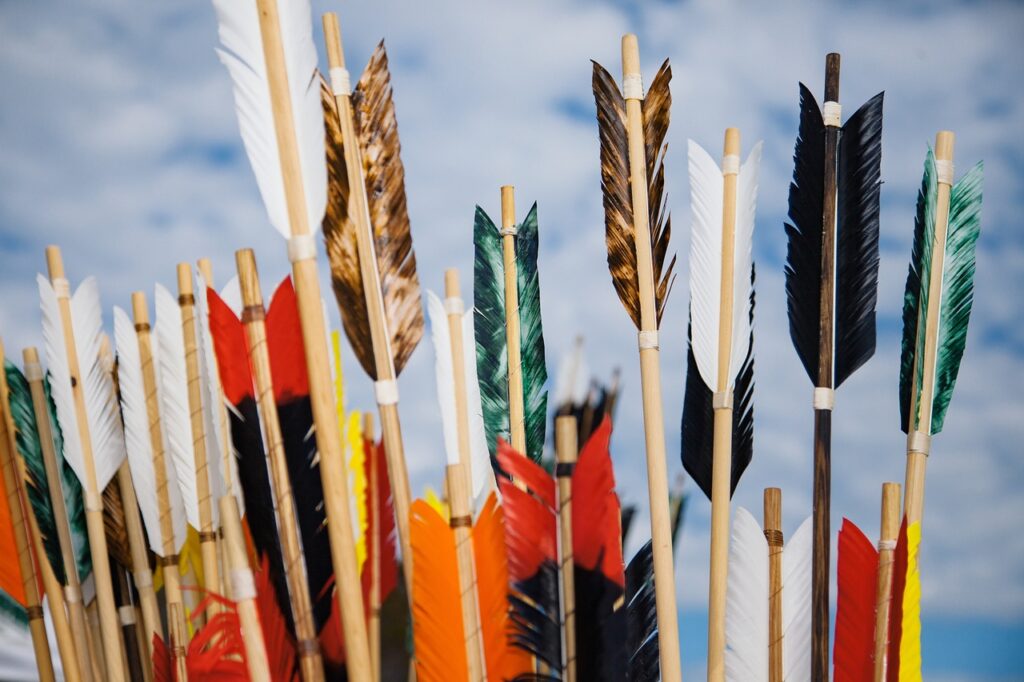
What is a Fletching Table?
The Fletching Table is a utility block in Minecraft. Initially introduced in Minecraft 1.14, it serves as a job site block for the Fletcher profession in a village. Despite its availability for a while, its potential uses remain quite unutilized.
Appearance and Placement
Fletching Tables look similar to crafting tables but with a distinct design featuring a pair of arrow symbols and a target-like pattern. We can place it like any other block, and it aligns well with different builds and settings due to its versatile texture.
Job Site Block
When placed within a village, this table helps a villager take up the Fletcher profession. The Fletcher is crucial as they trade a variety of useful items, including flint, arrows, and bows. Understanding how it influences villagers can be powerful in optimizing our village trades.
Creating a Fletching Table
Building a Fletching Table in Minecraft is a straightforward process. The required materials are easy to gather, making it a convenient addition to our adventures.
Required Materials
To craft a Fletching Table, we will need:
- Two Planks (any wood type)
- Two Flint
Crafting Process
- Open the Crafting Table: We start by interacting with the Crafting Table to open the 3×3 crafting grid.
- Arranging Materials: Place the two planks in the first two slots of the first row. Next, place the two flint pieces directly below each plank in the second row.
- Extracting: Drag the newly crafted Fletching Table to our inventory.
Here is a simple layout:
| 1 | 2 | 3 | |
|---|---|---|---|
| 1 | Wood Plank | Wood Plank | |
| 2 | Flint | Flint | |
| 3 |
Uses of the Fletching Table
Job Assignment to Villagers
One primary use of the Fletching Table is to assign the Fletcher profession to unemployed villagers. We can place the table near them, and they will automatically adopt the profession, provided certain conditions are met.
Trading with Fletcher Villagers
Fletcher villagers are an excellent source for acquiring or trading various useful items. Here’s a brief look at the potential trades at different levels:
| Level | Name | Trades |
|---|---|---|
| 1 | Novice | Sticks for Emeralds, Gravel & Emeralds for Flint |
| 2 | Apprentice | Strings for Emeralds, Emeralds for Bows |
| 3 | Journeyman | Emeralds for Crossbows, Feathers for Emeralds |
| 4 | Expert | Tripwire Hooks, Emeralds for Arrows |
| 5 | Master | Emeralds for Tipped Arrows (various effects) |
Maximizing these trades can be essential for efficiently gathering resources and items.
Future Implementation
At present, the Fletching Table has untapped potential as its functionality remains limited to serving as a decorative block and a job site block. The anticipated uses include potential crafting of arrows and other ranged weapons in future Minecraft updates. Mojang Studios has hinted towards activating more functionalities; hence, we should stay updated with patch notes and updates for these changes.
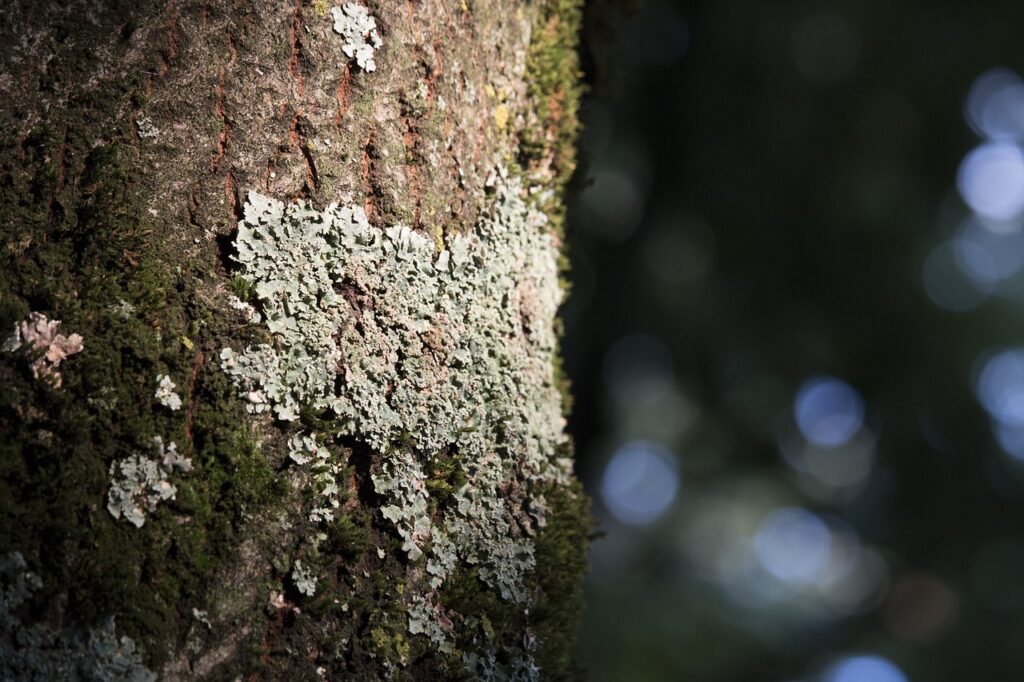
Practical Tips for Better Use
Enhancing Villager Professions
Use Fletching Tables strategically to balance the professions in our villages. Ensuring we have enough Fletchers can lead to a more diverse and beneficial trading system.
Design Considerations
Given its unique look, we can incorporate the Fletching Table into our builds creatively. It can be used in armories, shops, or as part of a wood-themed décor to add to the aesthetics without clashing with other elements.
Trading Strategies
Maximize our benefits by trading with different levels of Fletchers. For example, starting trades like sticks for emeralds at the Novice level can be incredibly resource-efficient, especially in the early stages of the game.
FAQs on Fletching Table
Can we use the Fletching Table to craft arrows?
As of now, the Fletching Table does not have a crafting interface and cannot be used to make arrows or any other items. Stay tuned for future updates as this might change.
How do we ensure a villager becomes a Fletcher?
Place the Fletching Table close to an unemployed villager during the day. Ensure the village has a bed claimed by the villager, and they should soon become a Fletcher.
Can the Fletching Table be moved easily?
Yes, we can break and place the Fletching Table without any special tools. Using an axe might speed up the process, but it’s not mandatory.
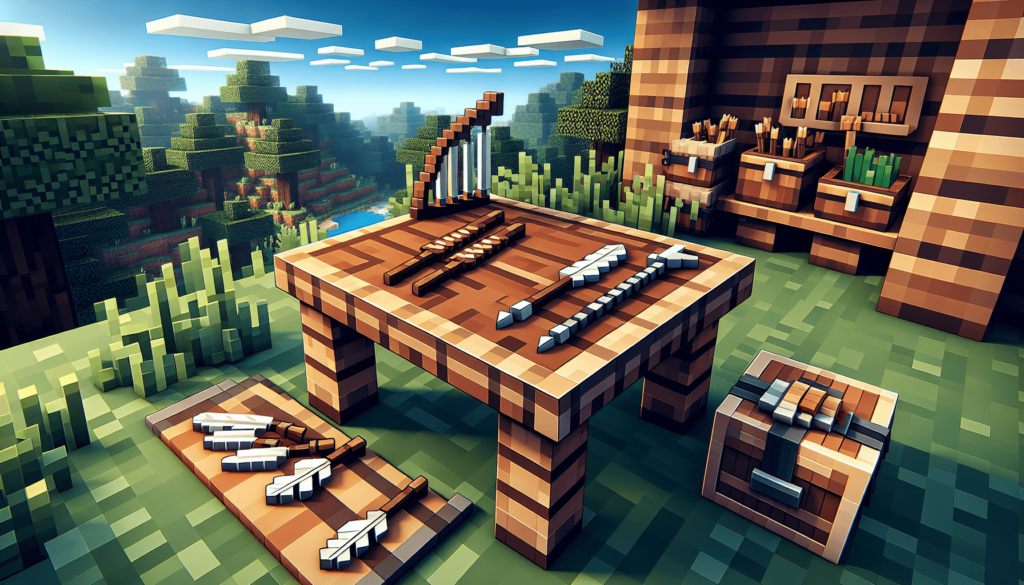
Conclusion
Understanding the Fletching Table’s significance in Minecraft can greatly enhance our gameplay and village management strategies. While its full potential remains untapped, knowing how to create and use it effectively for assigning villager professions and leveraging trades offers considerable advantages.
By utilizing the Fletching Table efficiently, we can optimize our resource management and lay the groundwork for considering future enhancements and updates. Let’s build, trade, and prepare for what’s next in the ever-evolving world of Minecraft.

